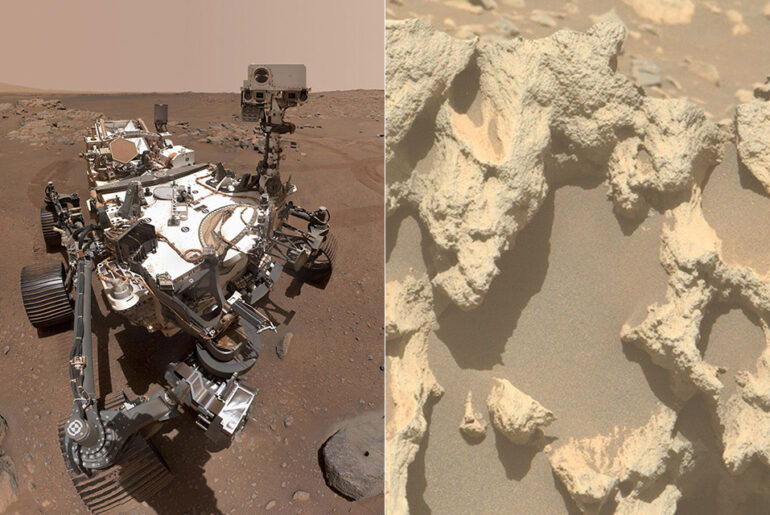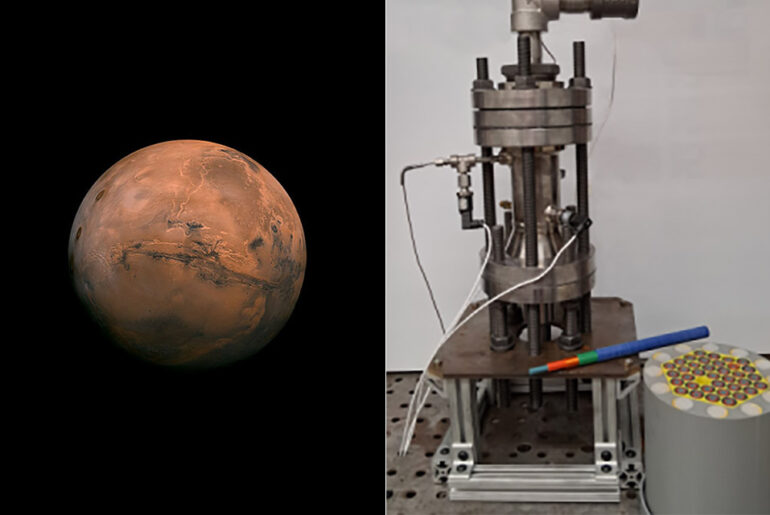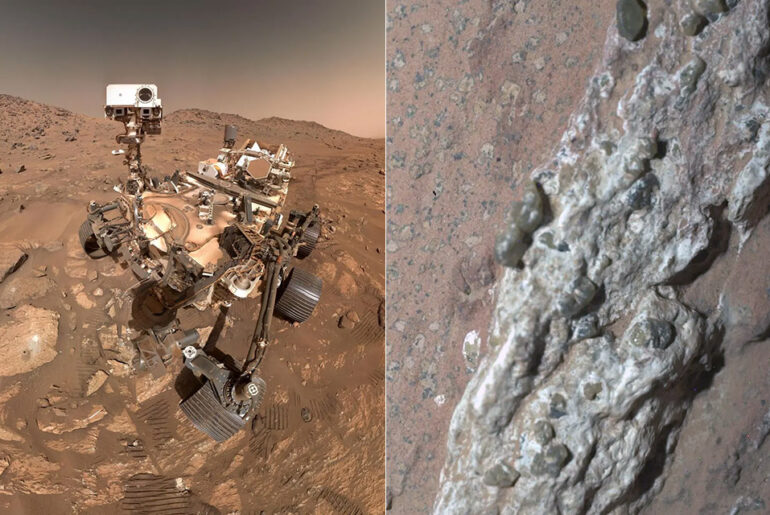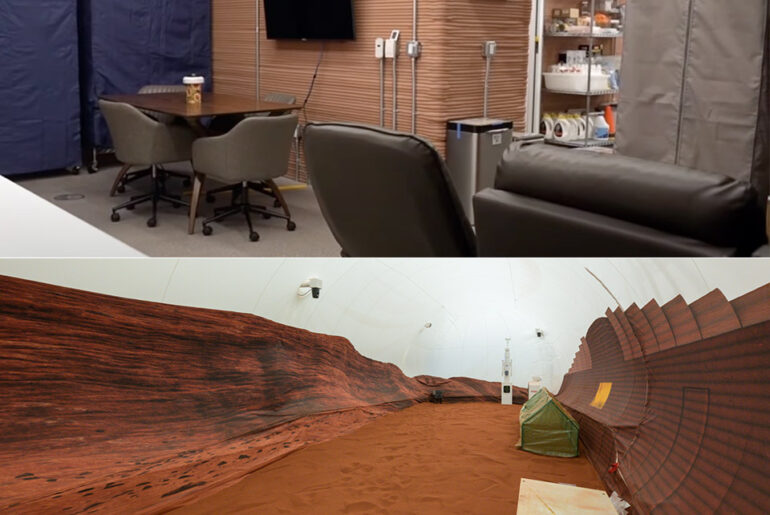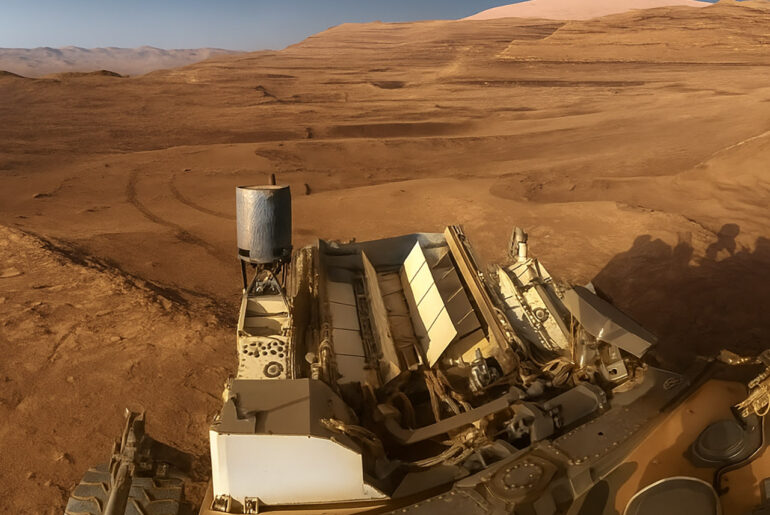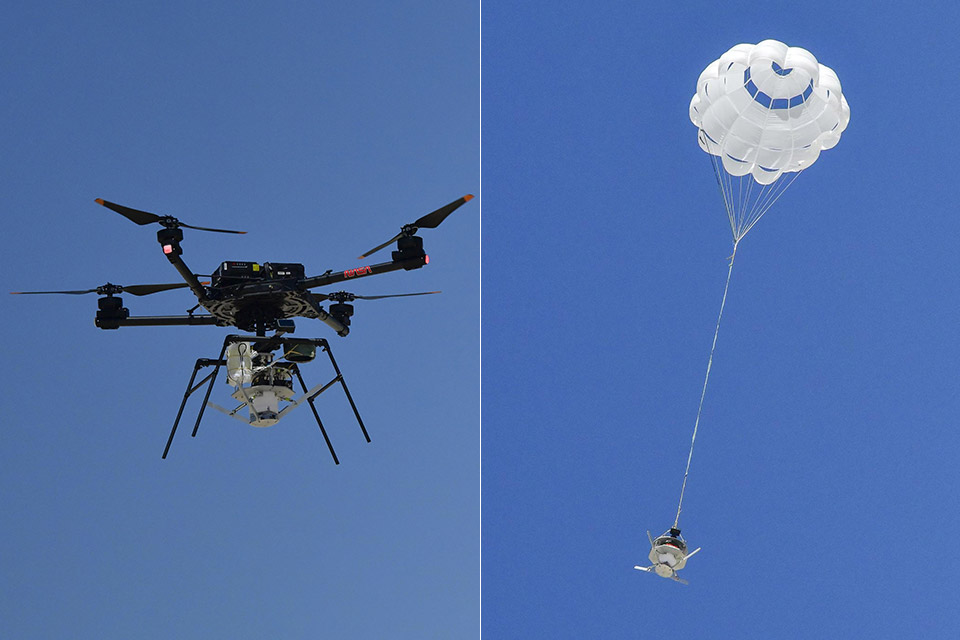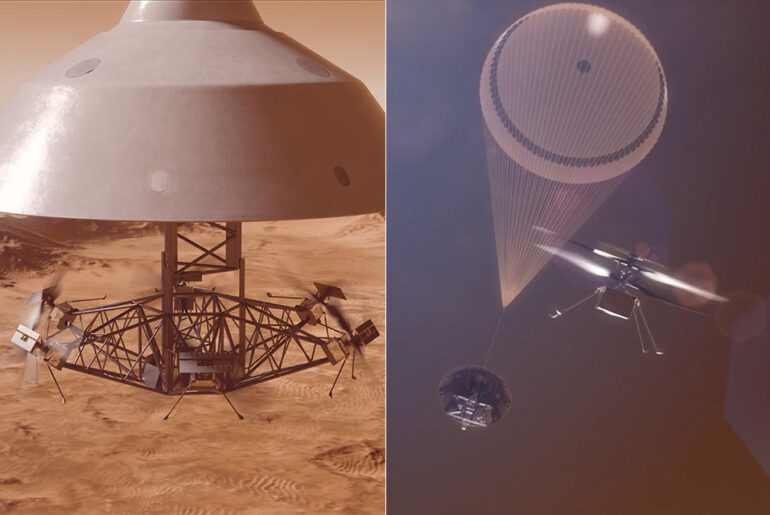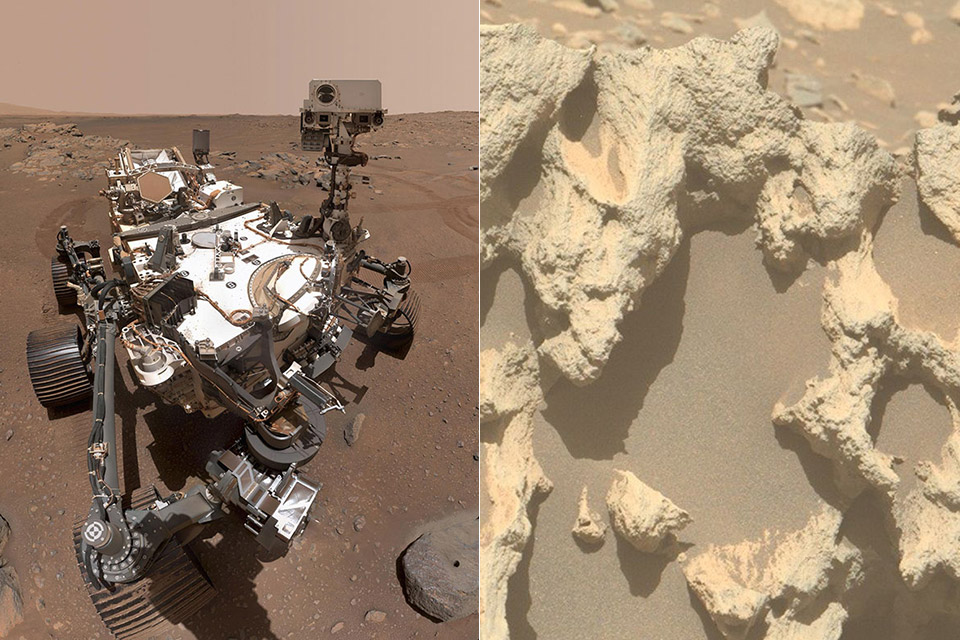
For five years, NASA’s Perseverance Mars rover has been kicking up red dust around Jezero Crater, cataloging everything from ancient riverbeds to those weird polka-dotted rocks you see everywhere. But during a routine checkup last month, the six-wheeled rover found something that didn’t belong. A single boulder called Phippsaksla poked out of the cracked bedrock like an unwanted guest at a family reunion. This 31-inch wide rock caught the rover’s cameras with its sharp edges and pockmarked surface, implying it came from farther away from those rusty Martian plains than you’d think.

Space travel has always been a long haul since chemical rockets, the space age’s workhorses, guzzle fuel and plod through the universe, making a trip to Mars a year long slog. But a team at Ohio State University is breaking the rules with a new concept: a nuclear powered rocket that could cut the travel time in half. Their Centrifugal Nuclear Thermal Rocket, or CNTR, replaces solid fuel rods with liquid uranium, and that’s a big increase in efficiency that makes Mars feel like a weekend getaway.

In July 2024, NASA’s Perseverance rover drilled into a reddish arrowhead shaped rock in Jezero Crater on Mars, which was once a big lake. Cheyava Falls, named after a Grand Canyon waterfall, has everyone in a tizzy. Its surface is covered in what the scientists call “leopard spots” and “poppy seeds” and might just have ancient microbial life hidden inside.
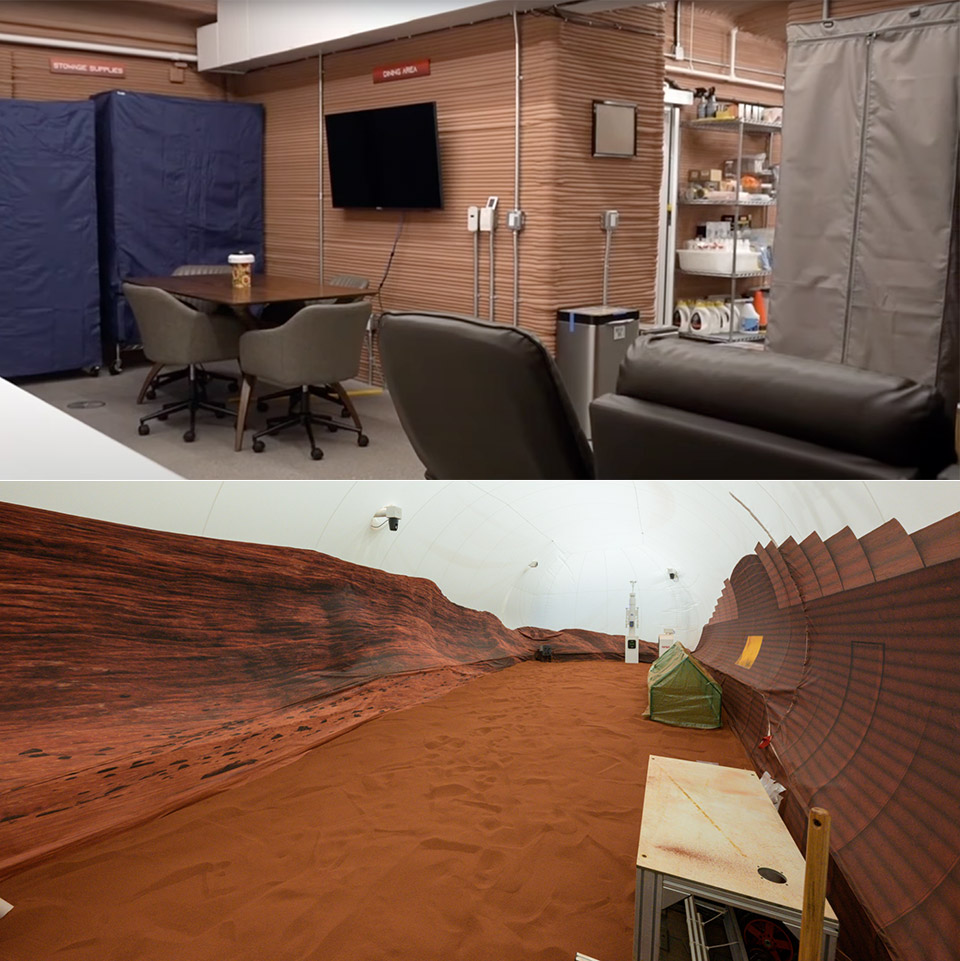
Four people will live in a 1,700-square-foot Mars simulation starting October 19, 2025. Ross Elder, Ellen Ellis, Matthew Montgomery, and James Spicer will spend 378 days in the Mars Dune Alpha habitat at NASA’s Johnson Space Center in Houston. This is part of NASA’s Crew Health and Performance Exploration Analog (CHAPEA) to study how humans cope with isolation, resource scarcity and high stakes of a Mars mission.

Thirteen years into its Martian adventure, Curiosity isn’t slowing down. Landing in Gale Crater in 2012, this six-wheeled rover has spent over a decade exploring Mars’ ancient landscapes and uncovering clues about a planet that once had rivers and lakes. Engineers at NASA’s Jet Propulsion Laboratory have now taught the aging rover new skills, so it can work smarter.
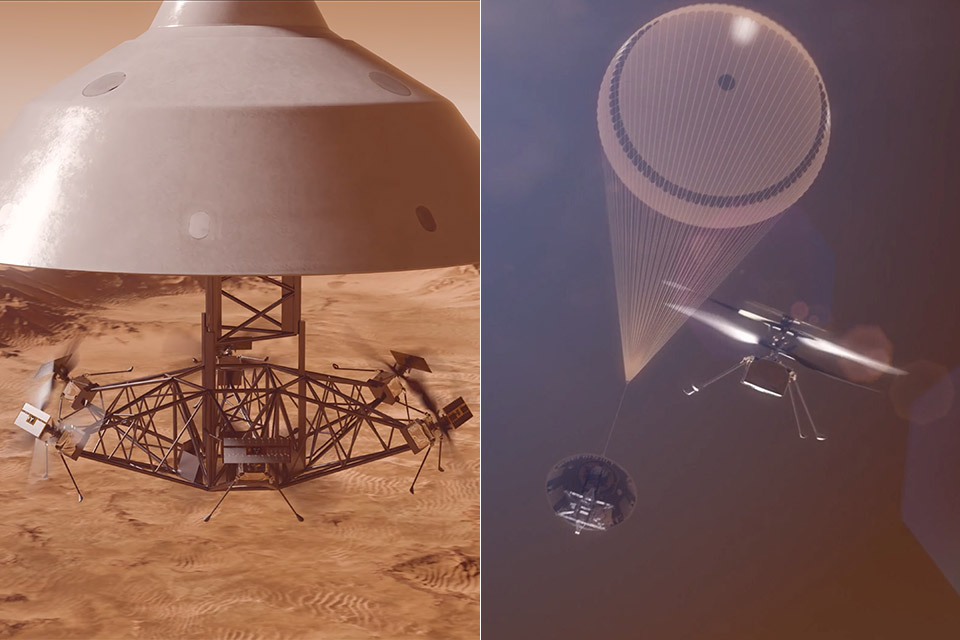
Mars has always seemed like a distant dream, but NASA and Virginia-based AeroVironment (AV) are working to shrink that distance with a new mission called Skyfall. This plan will send six small helicopters to the Red Planet, each to scout out the terrain and prepare for the day humans set foot there.

Photo credit: Sotheby’s
A 54-pound chunk of Mars, dubbed NWA 16788, is stealing the show at Sotheby’s Geek Week auction, running online through July 16, 2025. This massive Martian meteorite, the biggest of its kind ever found on Earth, tells a wild tale that stretches across millions of years and 140 million miles. Discovered in Northwest Africa in 2023, it’s a cosmic relic from a violent past that has bids already hitting $1.92 million (including the buyer’s premium) and a top estimate of $4 million.

Curiosity, NASA’s battle-scarred rover, has been exploring the Red Planet since 2012 like a cosmic detective, and now it’s stumbled into a strange area near Mount Sharp. The ground here is etched with boxwork patterns—delicate, crisscrossing ridges that look like nature’s take on a waffle iron.

Gale Crater stretches across Mars like a cosmic mural, and NASA’s Curiosity rover just dropped a stunner. On May 9, 2025, perched on Mount Sharp, the rover snapped a panoramic shot that’s less a photo and more a window into an alien realm. This isn’t just a pile of rocks—it’s a glimpse into Mars’ ancient saga, a world that once cradled water and, perhaps, whispers of life.

